Start by building strong credit with a card at 18, keeping utilization low, and adding tradelines to diversify your profile. Save at least 5% for a down payment and set aside funds for repairs and emergencies. Leverage owner-occupancy to get lower down payments and house hack by renting out extra units. Research neighborhoods with high rental demand, good schools, and solid appreciation rates. With smart planning, you can access more strategies to grow your portfolio.
Key Takeaways
- Open a credit card at 18 and maintain low utilization to build a strong credit score.
- Save 5% for a down payment and budget for initial repairs (2-3% of property value).
- Use owner-occupancy strategies like house hacking to lower down payment requirements.
- Research high-demand neighborhoods with amenities like good schools and public transit.
- Network with mentors and join real estate clubs for insights and opportunities.
Build Credit History and Improve Financial Standing
If you want to invest in real estate before turning 21, start by building a strong credit history and improving your financial standing. Open a credit card at 18 and use it responsibly, ensuring you pay off balances in full and on time. This habit boosts your credit score, a critical factor when applying for a mortgage. Add at least three tradelines, such as loans or additional credit cards, to diversify your credit profile and demonstrate reliability to lenders. Keep your credit utilization below 30% to maintain a healthy credit score and signal financial discipline. Regularly monitor your credit report to catch and correct errors that could harm your score. A higher credit score not only improves your chances of loan approval but also secures better interest rates. Establishing a solid credit foundation early positions you favorably for future real estate investments. Work with a CPA specializing in real estate accounting to optimize tax strategies and maximize financial benefits.
Secure a Steady Income Stream for Mortgage Qualification

Securing a steady income stream is essential for qualifying for a mortgage and demonstrating financial stability to lenders. Lenders scrutinize your income history, often requiring W-2 forms from the past two years and recent paystubs to verify consistency. Your debt-to-income ratio should stay below 40% to meet mortgage qualification standards, guaranteeing you can manage the monthly payments alongside existing obligations. Supplementing your primary income with part-time jobs or side hustles can boost affordability, allowing you to contemplate higher purchase prices. Maintain sufficient monthly cash flow by budgeting wisely, saving for future expenses while meeting mortgage requirements. A stable income history reassures lenders of your financial reliability, increasing your chances of approval. Utilizing tools like a Long Term Rental Calculator can help you assess property affordability and plan for future investments.
Save for Down Payment and Financial Buffers

Start by saving 5% of the purchase price for your down payment, ensuring you’re ready to secure financing. Build a financial buffer by allocating 2-3% for initial repairs and setting aside 3-6 months’ worth of mortgage payments for unexpected costs. Boost your savings with side hustles to make your down payment goal more achievable. Make sure your debt-to-income ratio is 36% or lower to improve your chances of loan approval.
Down Payment Essentials
Saving for a down payment requires planning and discipline. When buying a Real Estate property for rental or investment purposes, your down payment is just one piece of the financial puzzle. You’ll need to calculate the total cash required to secure the property, including closing costs and reserves, without straining your finances.
- Aim for at least 5% of the property’s purchase price, e.g., $10,000 for a $200,000 investment.
- Factor in closing costs, typically 2% to 5% of the purchase price.
- Reserve 1-2% of the property’s value for initial repairs or maintenance.
- Avoid depleting all savings by maintaining an emergency fund separate from your down payment.
- Plan for a financial buffer to handle unexpected expenses during the purchase process.
- Consider exploring down payment assistance programs to help cover initial costs if your savings fall short.
Strategic saving guarantees you’re prepared to buy while maintaining financial stability.
Financial Buffer Strategies
After setting aside funds for a down payment, it’s time to focus on building a financial buffer to safeguard your investment. Start by saving for closing costs, which typically range from 2-3% of the property’s price. Additionally, allocate 1-2% annually for initial repairs and maintenance to avoid unexpected drain of your money. Create a separate emergency fund covering 3-6 months of mortgage payments to handle unforeseen events like vacancies or repairs. When calculating upfront costs—combining your down payment, closing costs, and initial repairs—you’ll guarantee financial readiness before stepping into real estate. Consider exploring Real Estate Investment Trusts (REITs) as an alternative way to generate income with lower initial investment requirements.
| Expense | Purpose |
|---|---|
| Down Payment | Initial equity investment |
| Closing Costs | Finalize property purchase |
| Initial Repairs | Prepare property for occupancy |
| Emergency Fund | Cushion against unexpected expenses |
| Upfront Costs | Total financial readiness |
Research and Understand Local Real Estate Markets

Analyze median home prices and rental rates to spot market trends and identify affordable opportunities. Review neighborhood amenities, schools, and crime rates to determine property desirability and long-term appeal. Track historical price appreciation and use tools like Zillow to assess future growth potential. Collaborate with local real estate professionals to gain insights on market dynamics and exclusive opportunities.
Market Trends Analysis
To gain a competitive edge in real estate investment, you’ll want to immerse yourself in and understand the local market dynamics thoroughly. Analyzing historical price trends and rental yields helps identify growth potential, guiding decisions on whether to buy a property or secure an investment property. Monitoring job market statistics and population growth reveals demand for housing, which impacts rental property and multifamily property performance. Compare inventory levels with buyer demand to assess market competitiveness, ensuring your primary residence or other investments align with market conditions. Track interest rate fluctuations to understand their influence on mortgage affordability and purchasing activity, shaping your strategy for real estate investment. Leverage infrastructure developments to identify emerging neighborhoods with long-term appreciation potential.
- Analyze historical price trends and rental yields for growth potential.
- Monitor job market statistics and population growth to gauge housing demand.
- Compare inventory levels with buyer demand for market competitiveness.
- Track interest rate fluctuations to understand mortgage affordability.
- Use data-driven insights to align investments with market conditions.
Neighborhood Amenities Study
While location remains a cornerstone of real estate success, digging deeper into neighborhood amenities can considerably influence your investment outcomes. When choosing your first real estate property, prioritize areas with high-rated schools, as they can increase property values by up to 20%. Proximity to public transportation boosts rental demand, ensuring steady rental income. Parks and recreational facilities often lead to higher appreciation rates, making them ideal for long-term real estate investments. Safety measures and low crime rates attract reliable tenants, while nearby shopping centers and restaurants enhance overall desirability. Use reliable real estate platforms to conduct thorough property analysis, focusing on these amenities. By strategically selecting neighborhoods with these features, you’ll maximize your rental property’s potential and secure stronger returns.
Property Value Assessment
Mastering property value assessment starts with diving into local market trends. To evaluate real estate investment potential, study median home prices, rental rates, and appreciation rates in your target area. Online tools like Zillow or Realtor.com provide recent sales data, helping you gauge affordability and returns. Focus on neighborhoods with strong demand for rentals and low vacancy rates to maximize cash flow. Don’t overlook local economic factors like job growth or infrastructure projects, which can drive property value increases. By combining these insights, you’ll make strategic, informed decisions that align with your investment goals and secure long-term profitability.
- Analyze median home prices and rental rates for affordability.
- Research historical appreciation rates for growth potential.
- Use online tools to track recent sales and market trends.
- Identify high-demand neighborhoods for better cash flow.
- Assess local economic factors impacting property values.
Explore Owner-Occupancy and House Hacking Strategies

By leveraging owner-occupancy, you can access lower down payment options, such as 3-5% for conventional loans or even 0% with USDA or VA loans, making it easier to enter the real estate market. House hacking is a smart strategy to start investing in real estate while minimizing your housing costs. Purchase a multi-unit property, live in one unit, and rent out the others to offset your mortgage. This approach can generate passive income, allowing you to build equity and cash flow early. By occupying the property for at least a year, you’ll qualify for owner-occupant loan benefits, which can be leveraged for future investments. Unlike real estate crowdfunding, house hacking provides direct control and hands-on experience. It’s a practical way to make money while reducing your living expenses, setting a strong foundation for long-term financial growth.
Network With Professionals and Build Industry Relationships

Though real estate investing can feel intimidating for younger investors, building strong professional connections can markedly ease your entry into the market. Start by attending local real estate investing clubs and workshops where you’ll meet agents, lenders, and seasoned investors who can guide you. Online real estate investing forums and social media groups are valuable for gaining mentorship and tailored advice. Focus on connecting with realtors specializing in investment properties—they often have access to off-market deals that investors to buy. Don’t overlook property managers; they’ll help you understand rental markets and tenant management, which are critical for long-term success.
- Attend local real estate meetings to meet experienced professionals.
- Join online forums for mentorship and advice.
- Build relationships with investment-focused realtors.
- Network with property managers for market insights.
- Engage with local real estate investing clubs for trends and connections.
Educate Yourself on Financing Options and Investment Strategies

Understanding the financial landscape is key to making informed real estate investments, especially before turning 21. To secure your first rental property, you’ll need to explore financing options tailored to young investors. Start by researching FHA loans, which allow first-time buyers to put down as little as 3.5%. Look into down payment assistance programs that offer grants or low-interest loans to cover upfront costs. Credit unions often provide competitive rates and flexible terms, making them a smart choice for financing your first property. Additionally, house hacking strategies, like buying multi-unit properties, can help offset mortgage costs with rental income. Always evaluate your debt-to-income ratio, aiming to keep it below 40% for better approval chances. These steps will position your first investment as the best investment in your portfolio.
| Strategy | Benefit |
|---|---|
| FHA Loans | Low down payment (3.5%) |
| Down Payment Assistance | Reduces upfront costs |
| Credit Union Financing | Competitive rates, flexible terms |
| House Hacking | Offsets mortgage with rental income |
Conclusion
Imagine yourself standing at the edge of a thriving neighborhood, keys to your first property jingling in your pocket. By building credit, saving diligently, and mastering the market, you’ve planted seeds that will grow into financial stability. Relationships you’ve nurtured widen your path, and strategies like house hacking turn walls into opportunities. At 21, you’re not just buying property—you’re building a foundation where your future can take root and flourish.




